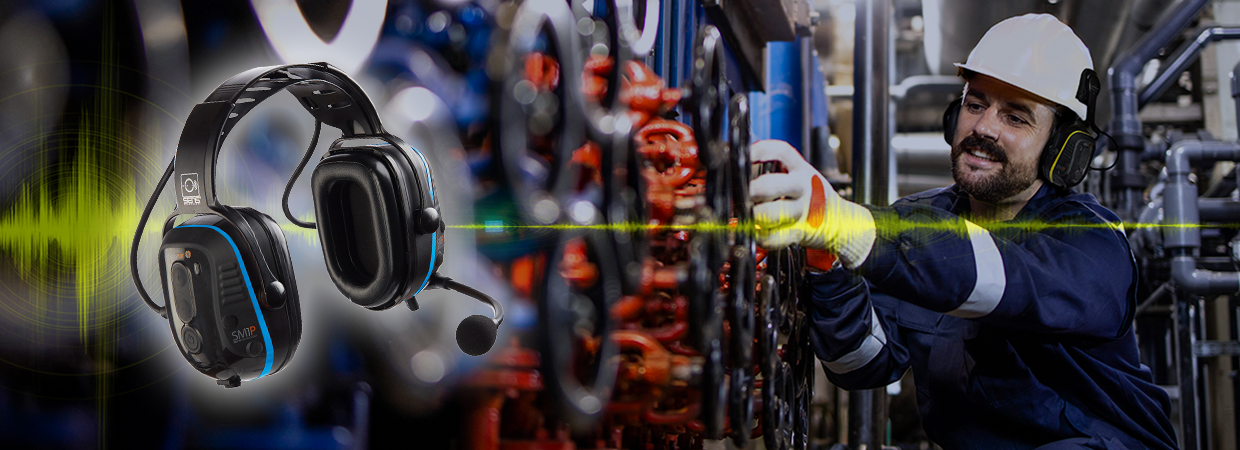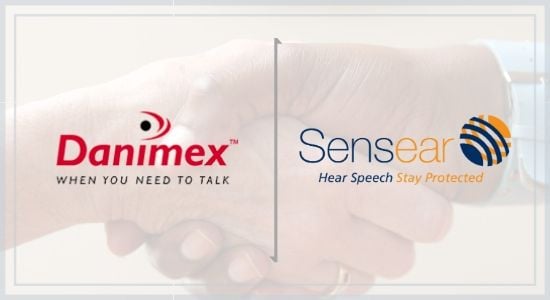- Home
- Blog
- Hazardous Locations / Intrinsic Safety
- Tablets: Dynamic Technology for Explosive Environments

Tablets: Dynamic Technology for Explosive Environments
Companies in the oil and gas industries operate in environments that carry inescapable hazards. Oil and gas extraction involves large, powerful machinery often operating in inaccessible areas such as subterranean mines or deep-water sites. The sound levels in these environments commonly require the use of hearing protection, and the air may fill with combustible fumes or dust. This combination of hazards requires specialized technology for workers to perform safely. One such technology is the hand-held tablet.
gas extraction involves large, powerful machinery often operating in inaccessible areas such as subterranean mines or deep-water sites. The sound levels in these environments commonly require the use of hearing protection, and the air may fill with combustible fumes or dust. This combination of hazards requires specialized technology for workers to perform safely. One such technology is the hand-held tablet.
Tablets provide low-cost computing power that’s light enough to be carried in the field by any worker. The versatility of tablet systems allows a wider array of work to be done on the fly and provides a secondary channel of communications on the ground. They can be used with cloud services to protect against data loss, and while it’s true they can be damaged, so can the technology that they are replacing— which often consists of pen and paper.
Intrinsically Safe and Rugged
Anyone who’s seen sparks fly off a cordless drill’s brushes or glimpsed a spark behind the faceplate of a light switch has seen the unintentional by-product of electric devices. In day-to-day life, these tiny sparks are unremarkable. In the highly flammable environments of the oil and gas industries, those same sparks can be fatal. Intrinsically Safe (IS) devices are designed to produce no heat or sparks that can turn a combustive environment into a firestorm.
Now that IS tablets are making it to the marketplace, it’s possible to bring a mobile device into areas where they were previously off-limits. In addition, more tablets are being “ruggedized” to allow for continued operation in extreme environments. A sample upgrade for cold or hazardous sites is support for stylus input, allowing workers to use a tablet without removing gloves.
Connectivity Issues
Wireless communication is beginning to become more commonplace in oil and gas extraction operations. By allowing workers to communicate without a direct line of sight, productivity has been increased while maintaining safety standards. But with the introduction of IS smartphones and tablets, a new issue has been discovered: dropped connectivity.
When taken into extreme environments or surrounded by massive machinery, Bluetooth® and Wi-Fi devices often struggle with dropped signals, causing workers to come full stop while they wait to find a signal or reboot. By combining redundant technologies, it’s possible to minimize this headache. In a high noise environment, for example, if workers can communicate by two-way radio, through messages over tablets, and using speech enhancement, then having one or another of these methods lock up isn’t a stop-work event.
The Problem of Standard Solutions
The variety in oil and gas extraction operations also makes standardization difficult, if not impossible. As just one example, permanent offshore platforms normally have fiber-optic data connections, while mobile offshore drilling operations rely on satellite links. Workers on platforms with high-speed access are able to use cloud-based, data-intensive software, while their peers on mobile platforms have to hope for clear skies to send an email. Now spread that level of complexity across industries that operate everywhere from deserts sands to Arctic frost, and the challenge faced by many companies in this sector becomes clear. If an oil or gas company tries to apply one solution across all environments, they find that their solution doesn’t really fit anywhere. If they try to customize their solutions to each site, they can be bogged down with multiple proprietary systems, unable to exchange data, and require a steep learning curve for each new worker. Tablets can be a key component to solving this apparent catch-22.
By deploying tablets to their workforce and using stand-alone apps that synch with a central server, companies can break their devices’ Internet dependence, while still being able to customize the tool-set and interface to meet local demands. Tablets are a potential win in this arena by providing on-site customization that still processes through a single central control point.
The ongoing development in oil and gas means that these industries will continue to push the envelope of technology and innovation. The Sensear case study library provides more examples of adapting hearing protection to unique circumstances, to allow for safe, effective communications in oil and gas production environments.






